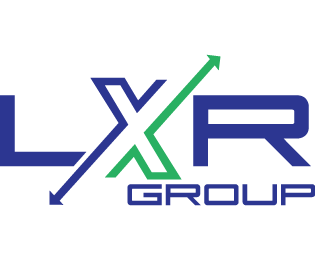At the close of Day One of DC Fintech Week (October 15, 2025), SEC Chair Paul Atkins sat down with Georgetown’s Chris Brummer for one of the most consequential conversations of the conference. Over the course of the discussion, Atkins outlined his philosophy for steering the SEC through a period of rapid technological and market change, ranging from crypto regulation and tokenization to IPO reform and investor protection.
“The Securities and Innovation Commission”
Atkins, who has previously served both as a Commissioner and in the Chairman’s office, acknowledged that while the SEC faces many of the same perennial issues, the role of technology has transformed the regulatory challenge.
“The more things change, the more they stay the same. A lot of the same issues remain, but with a new twist. Technology is now front and center, and that’s job one for us… I like to say that we’re the Securities and Innovation Commission.”
Breaking Free from “Regulation by Enforcement”
On the SEC’s historical approach to digital assets, Atkins was blunt:
“The agency had two iterations. One was ostrich with its head in the sand, hoping it would all go away. The second was regulation through enforcement. We’re doing neither. We want to build a strong framework to attract innovators back into the United States and build one that makes sense for the future.”
Project Management and Regulatory “Debt”
Drawing on Brummer’s analogy of “regulatory debt,” Atkins likened the SEC’s challenges to deferred maintenance in the New York City subway system. He pointed to the lack of project management discipline within the Commission as a key barrier:
“A lot of products span multiple SEC divisions and even different agencies. We need accountability and a project management function so things don’t just bounce around for years like a pinball. The SEC has to get products through the system efficiently.”
Tokenization and Distributed Ledger Technology
Atkins highlighted tokenization of real-world assets and distributed ledger technology (DLT) as potentially transformative for markets:
“It’s not necessarily the coins… The DLT aspect, putting things on chain, presents huge potential benefits—de-risking markets, enabling T+0 settlement, solving compliance challenges, and democratizing access. We haven’t even thought of all the ways it could evolve.”
Rethinking the Howey Test
On the long-debated Howey Test, Atkins suggested a more nuanced application:
“I would argue that the various coins almost always are not securities… The token is the orange, not the orange tree. It’s the promises around it that make the contract.”
Regulatory Coordination: Toward a “Super App”
A recurring theme was interagency cooperation. Atkins described a vision for unified regulatory processes across the SEC, CFTC, and other agencies:
“Why should you have to register at multiple agencies if we all are focused on the same goal? Why can’t we have mutual recognition? Some of that will be solved in Congress, but regulators can also do more on their own.”
Public vs. Private Markets: “Making IPOs Great Again”
Atkins turned to the decline in public markets and the burdens discouraging IPOs. He praised the strength of U.S. private markets but warned that litigation, excessive disclosure, and corporate governance abuses have tarnished the appeal of going public:
“It used to be cool to be public. You’d arrived when you did your IPO. That’s not the case anymore. We’re going to lessen the regulatory burden, but make it smart regulation… Investors are drowning in information overload and can’t separate the wheat from the chaff.”
Accredited Investor Reform and Retirement Access
Addressing the accredited investor standard, Atkins questioned its reliance on blunt wealth thresholds:
“It’s a really blunt tool. Why can’t we have an investor’s license, just like a driver’s license?”
He also revealed a presidential directive requiring the SEC and Department of Labor to explore expanding retail investor access to private funds through 401(k)s and IRAs—while stressing the need for guardrails on valuation, liquidity, and suitability.
Learning from History: Paperwork Crisis to ETFs
Atkins drew on historical precedent to argue that the SEC has often stepped up when markets demanded it—citing the 1960s paperwork crisis that led to the creation of DTCC, the approval of the first ETFs in the early 1990s, and Regulation ATS under Arthur Levitt. Each, he argued, showed the value of allowing controlled experimentation:
“We should be facilitating experiments. If we can create an innovation exemption to allow proof of concept in a controlled way, then let the market decide.”
Future-Proofing Regulation
Closing the conversation, Atkins argued that rules must endure beyond partisan swings:
“We shouldn’t have a ping pong match. That’s a sign of a banana republic. To future-proof, we need acceptance by the marketplace and investors, undergirding from Congress, thoughtful rules backed by economic analysis, and harmonization with global standards. These issues shouldn’t be political—we’re talking about how people invest and save for their families.”
Conclusion
Chairman Atkins’ conversation with Chris Brummer offered one of the most detailed public roadmaps to date of the SEC’s priorities under his leadership. From embedding project management discipline and regulatory harmonization to embracing crypto, tokenization, and smarter disclosure, Atkins made clear that his vision is to modernize the SEC into an agency that can both protect investors and enable innovation.


